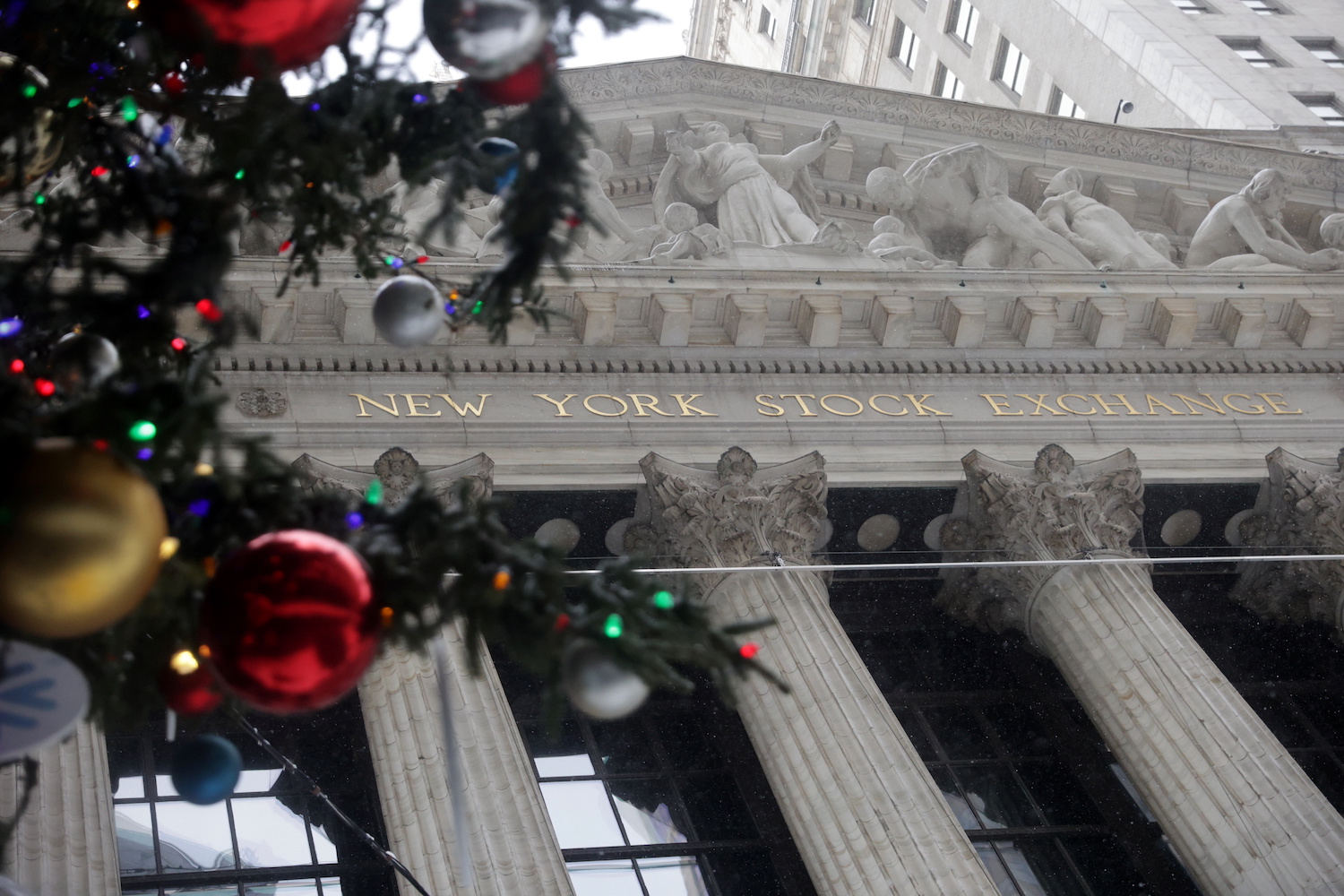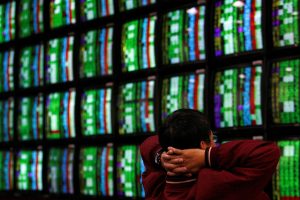(ATF) The English saying “hindsight is always 20/20” tells us it is easier to analyse events that have occurred in the past. It takes on a special meaning as we approach the end of this year. Even with perfect hindsight, it is difficult to believe the year we have collectively experienced.
Early reports of a pneumonia cluster in Wuhan began in late-2019, then a global pandemic that closed broad sectors of the economy and resulted in a deep, brief global recession.
We saw coordinated, aggressive monetary and fiscal policy support from most major economies, the fastest vaccine development in history, and record high equity prices in the US.
This year has reaffirmed the reality that equity markets are not the economy. Global equity prices are almost 14% higher for the year. US stocks are now higher than they were in late-2019.
Then, US equity valuations were clearly stretched. Risks were clearly skewed to the downside. We did not need to predict a pandemic to be prepared for the equity market fallout.
Now, US equity prices are high, but tailwinds include extremely accommodative monetary policy and supportive fiscal policy. A vaccine is being distributed already. The US economy will expand through 2021 and 2022. Valuations do not look stretched and risks look skewed to the upside.
Similarly, China’s economy has been a special case in a remarkable year, entering recession earlier than the rest of the world. Covid19 was identified in China first. China’s authorities responded quickly and decisively to prevent the virus spreading domestically. Lockdowns and quarantines resulted in a deep but short-lived recession.
Beijing’s targeted policies
China’s economic recovery has been classically V-shaped. The recovery was supported by targeted fiscal spending and accommodative monetary policy. But policymakers have had to balance the tension between supportive monetary conditions on one hand, and growing credit risks on the other.
It is a risk China has long faced into. Rapid credit growth after the last global recession in 2008 left China’s financial system at risk of a potentially messy credit deleveraging.
China’s authorities have mitigated this risk by focusing on the shadow lending sector. Year over year growth in shadow loans outstanding has been negative for almost two and a half years. This risk reduction continued through the pandemic recession even as total social financing outstanding increased.
China’s recovery has progressed against the backdrop of tense US-China relations. That backdrop will improve as Donald Trump’s administration gives way to president-elect Joe Biden in 2021. The new administration will continue to pressure China on key areas.
Industrial subsidies, for example, that have strained relations. But the US will be less likely to see China as an existential threat and more as a competitor. And while that will leave tensions in place, it will allow scope for mutually beneficial growth.
China’s pathway to medium-term growth looks structurally secure. China’s income is growing. That is helping retail consumption. The continued rebalancing to higher quality domestic growth was a focus of the recent 5-year plan. It is happening and will continue to drive an economic recovery over the coming years.
China’s economic shift
China’s economy is no longer export driven, but China has opened to the world. For example, China recently signed the Regional Comprehensive Economic Partnership (RCEP), probably the largest single free trade agreement in history. It does not involve a massive shift in terms of tariff reduction. But with a deal that will affect about 30% of the world’s population, it is clearly significant. And China’s growth with the RCEP is going to be higher than it would be without the RCEP.
The EU and China are poised to sign an investment pact that will remove barriers to investment in China by EU members. China will benefit from some additional investment opportunities in renewable energies. Importantly, the deal is a key part of the EU’s strategy to manage relations with China and will pave the way for a stronger relationship between two economic competitors.
The liberalisation of China’s financial system is going to be a key feature for the global economy and global investors over the next five years.
Foreign investors already hold around 9% of the Chinese government bond (CGB) market. The prospect for better economic growth, higher yield and deeper integration with the global financial system means the foreign share of holdings will likely increase.
2020 has been a challenging year. Hindsight shows us that the pandemic represented a major downside shock to China’s economy. But it also reveals an improved economic outlook.
This represents tailwinds to Chinese assets – which global investors are structurally underweight. And that is the point. As we head into 2021, it is time to reassess allocations to Chinese bonds and equities. They can play an important role in a well-diversified portfolio. A zero allocation is a significant active position, and the time to review that is now.
























